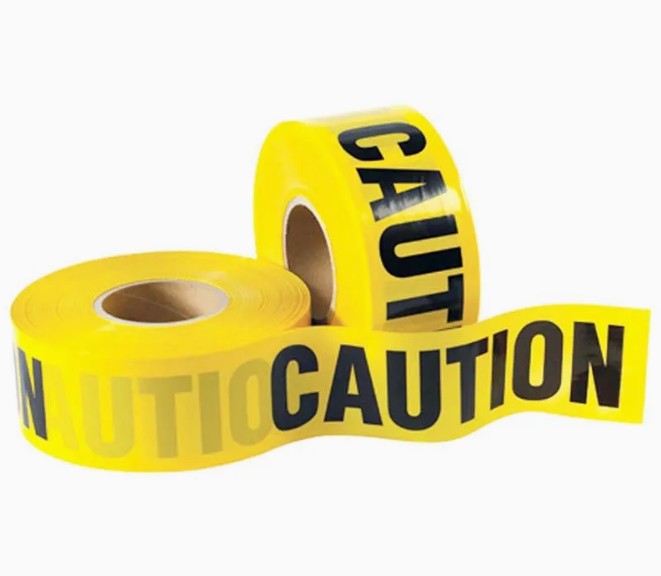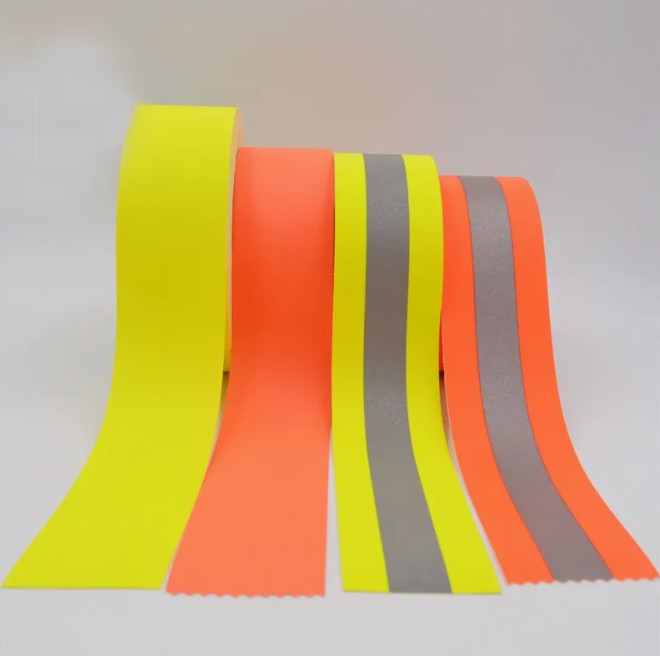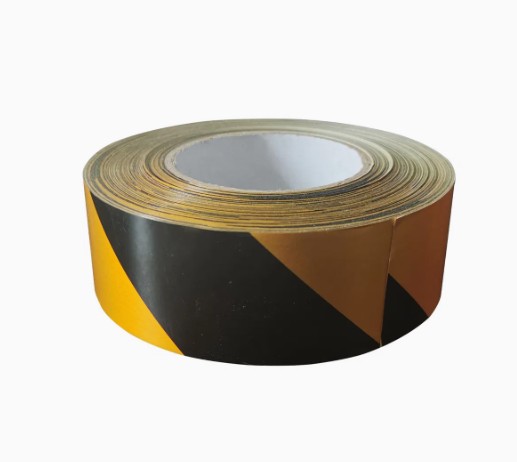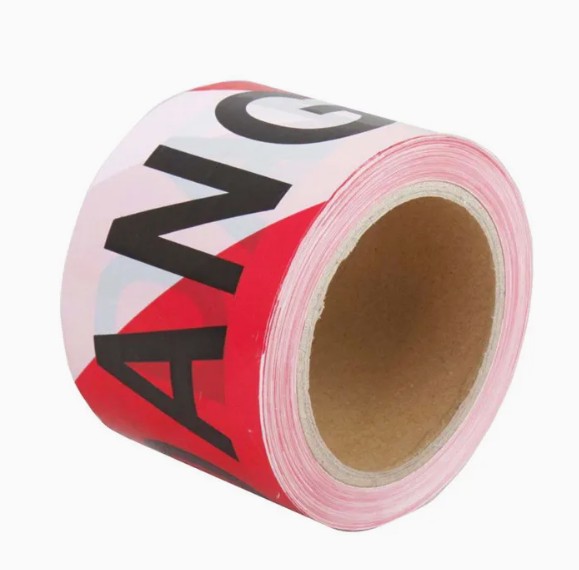Yellow and Black Reflective Plastic Warning Tapes Sold Directly by The Factory
Product description
In the complex world of construction, excavation, and public safety, clear communication is not just important—it's imperative. Plastic warning tape, often the first line of defense against accidents and intrusions, serves as a silent, vigilant guardian. Far more than just a strip of plastic, it is a highly engineered safety product designed to convey critical messages through visual cues, preventing costly mistakes and ensuring the well-being of people and property. This guide delves into the critical role of plastic warning tape, exploring its manufacturing, its undeniable advantages, and its diverse applications across industries.
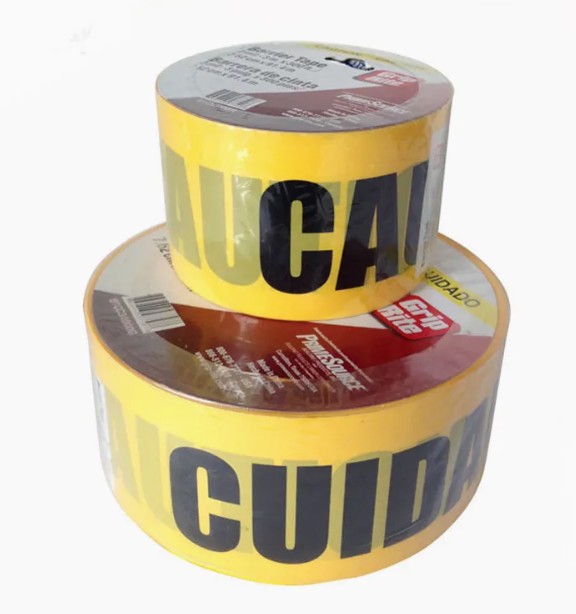
Decoding the Tape: Composition and Key Characteristics
Plastic warning tape is typically manufactured from durable, flexible polyethylene or polyvinyl chloride (PVC) materials. This base composition grants the tape excellent tensile strength, allowing it to be stretched and stapled without轻易 tearing. The material is inherently waterproof, UV-resistant, and able to withstand extreme temperature variations, ensuring its message remains visible through rain, shine, and changing seasons. The most recognizable feature is its bold, high-contrast coloring—most commonly safety yellow or red—combined with large, clear text legends like “CAUTION,” “DANGER,” “GAS LINE BELOW,” or “ELECTRIC CABLE BURIED.” This design ensures maximum visibility and instant comprehension from a distance.
Why Plastic Tape is a Safety Superstar: Unmatched Advantages
The benefits of using plastic warning tape are numerous and directly impact safety protocols and operational efficiency. Its primary advantage is its proactive warning capability. By clearly marking hazardous areas, underground utilities, or restricted zones, it significantly reduces the risk of accidental dig-ins, electrocutions, and other workplace injuries, thereby protecting both personnel and infrastructure.
From a practical standpoint, its durability is a major cost-saving feature. Unlike paper or weaker plastics, a quality warning tape will not degrade quickly when buried or exposed to the elements. This longevity means the warning remains in place and effective for the duration of a project or until the buried hazard is removed. Furthermore, it is incredibly easy to deploy. Rolls are lightweight and can be quickly unrolled and installed by a single worker using staples or pins, making it a highly efficient and low-cost safety measure.
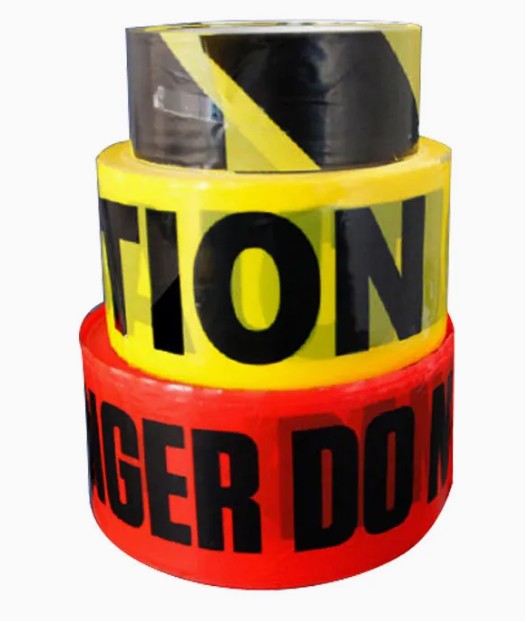
A Tool for Every Scenario: Diverse and Critical Applications
The use of plastic warning tape is mandated and standard practice across numerous fields. In construction and excavation, it is laid above buried utility lines—such as electrical conduits, gas pipes, water mains, and fiber optic cables—during the backfilling process. This creates a crucial "marker layer" that warns future excavators of the precise location of what lies beneath.
It is equally indispensable for perimeter security and crowd control. It can be used to cordon off accident scenes, wet paint, fresh concrete, chemical spill areas, or maintenance zones within facilities. In landscaping and agriculture, specialized biodegradable versions are used to mark specific areas without leaving a permanent footprint. Its application in law enforcement for crime scene preservation is one of its most publicly recognized uses.
Selecting the Right Tape for the Job: A Buyer’s Guide
Choosing the appropriate warning tape is a critical decision. The key is to match the tape's properties to its intended use. For permanent burial applications, a heavier mil thickness and specific messaging like “BURIED ELECTRIC” are required. For short-term above-ground use, a lighter-duty tape may suffice. The most important differentiator is the legend text. Industry standards often dictate specific colors and wording for different utilities (e.g., red for electrical, yellow for gas/oil, orange for communications). Always ensure the tape’s message is unambiguous and compliant with local regulations.
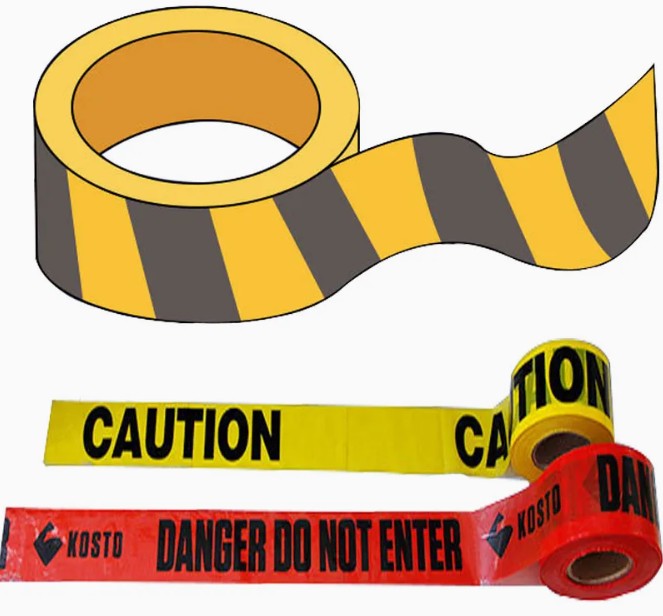
Plastic Warning Tape Q&A
Q1: How deep should warning tape be buried?
A1: Standard practice is to bury warning tape approximately 12 inches (30 cm) below the surface, directly above the utility or hazard it is marking. This places it within the digging zone of most hand tools and mechanical excavators, providing an effective warning before contact is made.
Q2: Can this tape be used for outdoor long-term applications?
A2: Yes, but only if it is explicitly rated for UV resistance and outdoor use. UV-stabilized polyethylene tapes are designed to resist fading and embrittlement caused by prolonged sun exposure, ensuring the message remains legible for extended periods.
Q3: What is the difference between warning tape and barrier tape?
A3: While the terms are sometimes used interchangeably, barrier tape (like police line tape) is typically used for above-ground, temporary perimeter control. Warning tape, especially burial-grade tape, is designed to be durable enough for direct contact with soil and long-term burial.
Q4: Is the tape available with custom text?
A4: Absolutely. Many manufacturers offer custom printing services. This allows companies to print specific warnings, company names, contact phone numbers, or non-standard messages to meet unique site safety requirements.
Q5: How do you properly install above-ground warning tape?
A5: For perimeter control, secure the tape using sturdy posts, stakes, or existing fixtures. The tape should be pulled taut to prevent sagging but not so tight that it easily snaps. Ensure it is positioned at a height that is easily visible, typically between knee and waist level.
In conclusion, plastic warning tape is a deceptively simple yet profoundly critical component of modern safety and construction protocols. It functions as a constant, vigilant warning, preventing damage and saving lives through clear, durable communication. By understanding its properties and applications, safety managers, contractors, and facility operators can make informed decisions, selecting the right tape to create a safer and more efficient working environment for everyone.
Recommended products
